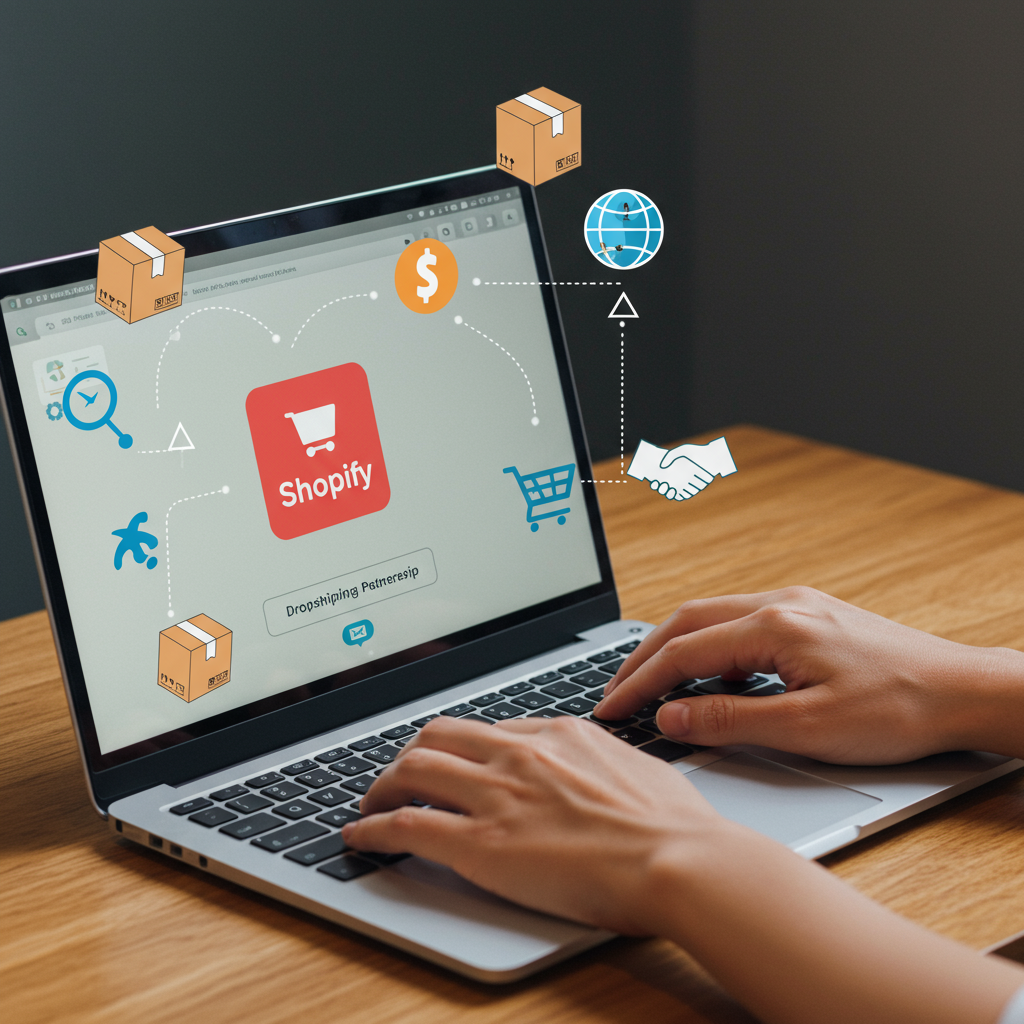Unlock the secrets to seamless operations and customer satisfaction by effectively managing your dropshipping suppliers.
As a Shopify dropshipper, I’ve learned that while the business model offers incredible flexibility and low startup costs, its success hinges almost entirely on one critical element: your suppliers. They are the backbone of your operation, directly impacting product quality, shipping times, and ultimately, customer satisfaction.
Without effective supplier management, even the most brilliant marketing strategy can fall flat. I’ve seen firsthand how a single unreliable supplier can tarnish a brand’s reputation and lead to a cascade of customer complaints.
My journey in dropshipping has taught me that proactive and strategic supplier management isn’t just a good practice; it’s absolutely essential for long-term growth and profitability. Let me share some of my key insights and actionable tips.
First, let’s talk about **finding the right suppliers**. This isn’t a one-time task; it’s an ongoing process of research and vetting. I always start by looking for suppliers with a proven track record, positive reviews from other merchants, and a clear understanding of the dropshipping model.
Platforms like AliExpress, SaleHoo, Worldwide Brands, and CJ Dropshipping are common starting points, but I dig deeper. I look for suppliers who specialize in my niche, as they often have better product knowledge and quality control.
When evaluating potential partners, I pay close attention to their communication responsiveness. Do they reply quickly? Is their English clear? These early interactions are strong indicators of how easy they will be to work with in the long run.
Next, **establishing clear communication channels** is paramount. I make sure to agree on preferred communication methods – whether it’s email, a dedicated messaging app, or a platform’s built-in chat. Consistency here prevents misunderstandings.
I always strive to be crystal clear in my instructions and expectations. This includes product specifications, packaging requirements, shipping methods, and expected delivery times. Ambiguity is the enemy of efficiency in dropshipping.
Regular check-ins, even when there are no immediate issues, help build a strong relationship. I view my suppliers as partners, not just vendors, and fostering that collaborative spirit pays dividends.
**Streamlining the order fulfillment process** is another critical area. Ideally, I aim for automated order syncing between my Shopify store and the supplier’s system. Many dropshipping apps facilitate this, reducing manual errors and speeding up processing.
I meticulously track order statuses, from placement to shipping and delivery. Providing customers with accurate tracking information is a non-negotiable for me, and that relies entirely on timely updates from my suppliers.
When issues arise – and they will – I have a clear protocol. I immediately contact the supplier with all relevant details (order number, customer issue, photos if applicable) and request a resolution. Promptness is key to mitigating customer dissatisfaction.
**Quality control and returns management** are often overlooked until a problem arises. Before committing to a supplier, I always order samples of their products. This allows me to personally assess quality, packaging, and shipping speed.
I also establish a clear understanding of their return and refund policies upfront. What are the conditions for returns? Who bears the shipping cost? How quickly are refunds processed? Having these answers ready helps me manage customer expectations.
Customer feedback is a goldmine for quality control. I actively monitor reviews and direct messages for any recurring issues related to product quality or shipping. This feedback often points directly to supplier performance.
**Inventory management**, even in dropshipping, requires attention. While I don’t hold physical stock, I need to know if a product is suddenly out of stock or if there are delays in replenishment.
I communicate regularly with my suppliers about stock levels, especially for popular items. Some suppliers offer real-time inventory feeds, which I integrate with my store if possible, to prevent selling products that aren’t available.
**Negotiating pricing and payment terms** is an ongoing process. As my order volume grows, I don’t hesitate to revisit pricing discussions. A small discount per item can significantly impact my profit margins over time.
I also ensure payment terms are clear and convenient for both parties. Most dropshipping platforms handle this automatically, but for direct relationships, I confirm payment schedules and methods.
**Building strong, long-term relationships** with my suppliers is a core philosophy. I treat them with respect, pay on time, and provide constructive feedback. A good relationship can lead to better service, priority support, and even exclusive deals.
**Contingency planning** is vital. What happens if my primary supplier suddenly can’t fulfill orders? I always have at least one, if not two, backup suppliers for my best-selling products. This redundancy protects my business from unforeseen disruptions.
**Leveraging technology** is a game-changer. Shopify apps designed for dropshipping, like DSers or Zendrop, can automate many aspects of supplier management, from order syncing to tracking updates. I explore and utilize these tools to their fullest.
I also regularly **monitor supplier performance** using key performance indicators (KPIs). This includes average shipping time, defect rate, communication response time, and customer complaint rate related to their products. Data-driven decisions are always best.
When disputes arise, I approach them calmly and professionally. I present facts, refer to our agreed-upon terms, and seek a mutually beneficial resolution. Escalation is a last resort, but I’m prepared for it if necessary.
Finally, as my business scales, I reassess my supplier relationships. Do they have the capacity to grow with me? Are they still offering competitive pricing and service? Scaling often means evolving your supplier network.
Effective supplier management is a continuous effort, but the rewards are immense: happier customers, fewer headaches, and a more robust, profitable dropshipping business. It’s about building a reliable supply chain that empowers your brand.
What do you think about these tips? Have you found other strategies particularly effective in managing your dropshipping suppliers? I’d love to hear your insights.






